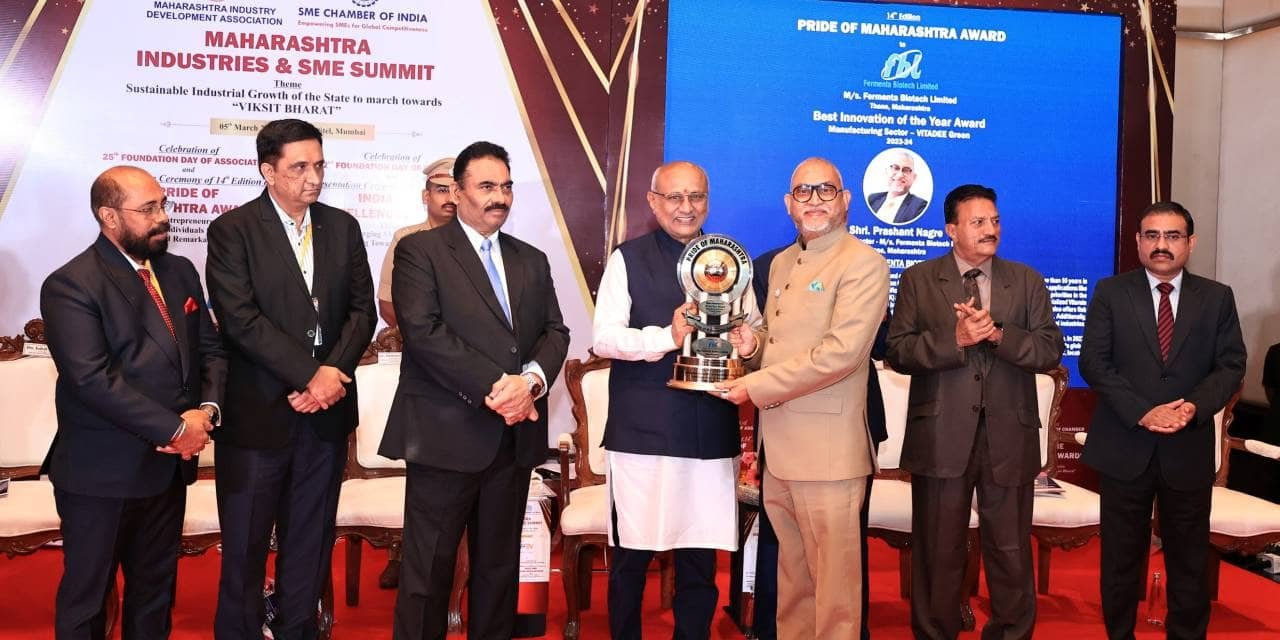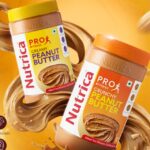India’s retail network is vast, with over 13 million outlets. Even the FMCG power brands struggle to reach more than a few millions of these stores. Rajat K. Baisya explores the evolving challenges and opportunities in India’s distribution networks, highlighting the role of power brands in overcoming these barriers.
Table of Contents
Navigating Distribution Challenges in India’s Fragmented Retail Ecosystem
India is a vast and diversified market to cover that makes processed food products available far and wide to widen the distribution reach and capture interior rural market opportunities. We have over 13 million retail outlets, including mom-and-pop stores. Even large Indian domestic corporations and multinationals don’t have direct reach to cover that many retail outlets. Even the best-known corporations with well-distributed products in the FMCG category, like Hindustan Unilever Ltd, having multiple product categories, are not able to service more than 3 to 4 million retail customers directly. For other players, direct reach will be even much less.
The distribution of products in India is very complex due to the country’s size, diversity, and the challenges of moving goods across the country. Brands can use a variety of strategies to navigate these complexities. The retail distribution industry in India is dynamic and also fast developing. Two decades ago, we witnessed organised retail trade, starting with the entry of Walmart and wholesale distribution with the entry of Makro from Germany and Booker from the UK. Macro operated for two decades and was then finally taken over by Reliance Retail; Booker Wholesale is still continuing in a joint venture with Tata Trent. The retail and distribution industry accounts for about 10% of India’s GDP and also provides 8% of the total employment in India. India’s retail and distribution, as well as wholesale industry, thus is a very important component of our economy.
Expanding Retail Network: Opportunities and Obstacles
In the initial stage, all these organised retail and wholesale distribution industry concentrated in the major cities, but now they are spreading to tier II and tier III towns as well and growing exponentially. FMCG distribution and retailing are still big challenges for manufacturers and marketers. It is still evolving and growing. Due to technological advancement, business models are changing, and that has impacted the retail industry as well. We have been witnessing the gradual evolution of e-commerce, starting with the launch of Flipkart, which WalMart and Amazon have subsequently acquired. E-commerce can cover the places where courier services are available at affordable cost and delivery efficiency, which is also linked with the infrastructure development connecting remote areas of the country and the transport system, which would take longer time than we think it would.

Wholesale Networks and Reseller Ecosystems
The growth in the business can happen only through extending geographical coverage or by penetrating deeper into the existing territory. To penetrate deeper into the same territory, we need different propositions with a differentiated product identity and a distinct brand marketing plan supported by resources. However, marketers have products, particularly food products, which have universal appeal and can be in demand in remote areas, as seen in the success of Top 10 Biscuit Brands in India from Parle-G to Oreo, provided we can reach our target consumers through a regular dealer distribution network. Direct distribution coverage can cover limited geographical areas represented by appointed distributors and wholesalers who cover their respective areas.
The wholesalers play a very important role in terms of the redistribution of the product to remote markets. Large cities like Delhi, Mumbai, and Kolkata have wholesale markets. In these wholesale markets we have wholesalers of FMCG products, like food products, who are regularly serviced by the manufacturer marketers. The importance of this distribution network is evident in the growth of Top 20 Indian Food & Beverage Companies in 2025. These wholesalers sell the goods keeping a low margin to the retailers within the cities who are small and falling in the categories of C and D class outlets who the locally designated distributors do not directly service.
These retailers regularly visit the wholesale markets to pick up the stocks they require based on their weekly or fortnightly off-take, the frequency of their visits to the wholesalers, and cash availability, as wholesalers typically don’t extend credit. Under exceptional circumstances, some credit facilities might even be extended depending on the long-term relationship of the retailers with the designated wholesalers. Similar distribution challenges and solutions are explored in How FMCG Power Brands Conquer India’s Complex Retail Network. In addition to that, these wholesalers also service the satellite markets in the nearby regions, extending to the villages.
Some of the bigger retailers in the satellite locations also act as resellers. Even from the remote villages, retailers come and buy stocks from the wholesalers in the city. They even collate orders of the retailers of a village market and go to buy the stock from wholesalers for all the retailers of the village market. Some sales agents provide these services with a small margin to ensure regular supplies to rural villages. The importance of rural markets is further highlighted in How Rural India Sustaining Growth of Food Industry. Besides, there is a practice followed by the large players to operate van routes to cover villages on the market day and sell directly to both consumers and retailers of the village market to extend the distribution, similar to innovative approaches discussed in How Startups are Revolutionizing India’s Meat Retail.
ALSO READ:
- How food delivery platforms are reshaping India’s restaurant ecosystem
- New Texturizing Pea Protein That Reduces Egg Use in Muffins
- Estonia Strengthens Food & Beverage Trade Ties with India
- NITI Aayog Declares Mizoram as “Ginger Capital of India”
- Gulfood 2026: Expanding Horizons in Global Food Trade
Van Routes: Driving Last-Mile Delivery
The van route operations also provide an opportunity for the company to interact with villagers to understand their requirements and also to promote the company’s products. Depending on the demand of a particular market, this flow of goods to the village market from wholesalers of large cities and resellers of the satellite towns over a period of time, a pattern gets established in due course of time, and their relationships and trading as well trade terms get also formalised. The power of the brand plays a very important role in the distribution reach of the product. The more pull the brand has, the higher and deeper the reach, and the volume of transactions will also be large.
FMCG Power brands are synonymous with high value and loyalty. Consumers hold the most powerful brands in high esteem. Their name or logo alone can inspire trust. Power brands take a generic product and turn it into much more, making it about the entire experience with a particular brand rather than just the product itself.
Power Brands and Rural Penetration
Power brand has their presence everywhere. For a daily-use product, it develops a relationship with the consumers and also becomes part of their lifestyle. Large global corporations have a few products in their portfolio that have attained the status of a power brand. There are only handful of power brands one can find in a global corporation’s product portfolio. For example, in Nestle – Maggi, Kitkat, Milo, Nescafe, and Nespresso are FMCG power brands. The pull of the power brands is much higher compared to other brands. Power brands’ reach is much higher. The consumer pull can make the product available even in the remotest area.

Case Study: Maggi, the Power Brand, Reaching India’s Most Remote Corners
This author recently undertook a visit to Ujjain to visit Mahakaleshwar, then to Omkareshwar and Maheshwar. Omkareshwar and Maheswar are on the bank of the river Narmada. On the other side of the river Narmada, one has to go by ferry boats. Only visitors and tourists go there during the day. One popular spot is Shahashra Dhara, and apparently there is no habitation on the other side of the river. In that area, Gopal Singh Bhagel sets up his tea stall every day for the visiting tourists for tea and the only other product that he sells is Maggi 2-minute noodles. His son also assists him whenever he has time. His son has completed graduation in Agriculture from a college in Indore and is now looking for employment opportunity. Gopal Singh Bhagel makes his living selling tea and Maggie 2-Minute Noodle to the floating tourists’ population to make a living.
The familiar power brand Maggie is also displayed in front of the shop. When asked why he is keeping Maggie, Gopal Singh said it sells. That power of the Maggi brand forced the make-shift tea stall owner, Gopal Singh Bhagel, to carry the stock where no distributors or retailers were there to service. One can see Maggie and Parle G even in upper Himalayan regions. Such is the power of the brand.
FMCG Distribution in India: Frequently Asked Questions
India’s fragmented retail landscape—with over 13 million outlets including kirana (mom-and-pop) stores—creates logistical, infrastructural, and geographic distribution challenges. Limited direct reach and rural market inaccessibility hinder even top FMCG brands from achieving full market penetration.
Power brands utilize strong brand equity and consumer trust to reach rural markets via indirect channels like wholesalers, van distribution routes, and local resellers. Their high demand often ensures shelf space in remote locations, even where direct distribution is absent.
Wholesalers act as vital intermediaries, bridging manufacturers with small retailers. They facilitate distribution in both urban and semi-urban areas and indirectly support rural markets where direct supply chains are limited or unviable.
E-commerce platforms like Amazon, Flipkart, and BigBasket enhance FMCG reach by enabling doorstep delivery in digitally connected regions. They support traditional models by offering access to underserved areas and improving last-mile connectivity.
Van distribution routes are essential for rural FMCG access. They deliver products to village markets on fixed schedules, offer on-ground promotional support, collect feedback, and aid in demand forecasting for better inventory management.
An omni-channel strategy integrates general trade, modern retail, e-commerce, wholesale, and van sales. This multichannel approach ensures widespread reach, operational efficiency, and better customer experience across India’s diverse markets.
Hybrid models combine traditional networks with modern trade and digital channels, enabling flexibility and deeper market penetration. They are crucial for serving India’s tiered urban-rural consumer base and adapting to evolving retail dynamics.
‘Processed Food Industry’: The Voice of Food Processing Industry
Processed Food Industry (PFI) is a premier English-language monthly B2B publication (ISSN 09721649) headquartered in New Delhi, catering to the vibrant and ever-evolving food processing industry. While we don’t claim to be the largest or most widely read, our proud legacy of over 27 years—publishing continuously since 1997—has earned us the trust of industry professionals as a reliable source of insights and information.
If your goal is to tap into the booming Indian and South Asian markets to promote your equipment, technology, software, or consumables, PFI is your strategic partner. With our hybrid approach across print, web, and social media, we help you establish strong brand recognition rooted in market relevance. Backed by a team of top-tier technical writers, we’re ready to work closely with you and your customers to craft compelling content that drives results.
India and South Asia’s food industry is expanding rapidly, driven by efficiency and cutting-edge innovations. Don’t miss the opportunity to elevate your brand and engage with this dynamic market. Get our 2025 media kit to fine-tune your marketing strategy, increase your visibility, and convert potential customers into valuable conversations. Additionally, ask for a sample copy of our monthly magazine and experience the quality and relevance we deliver.
Let us help you define your role in the future of the food processing industry.
Have a news or topic to share with industry? Write to us editorial@pfionline.com

















